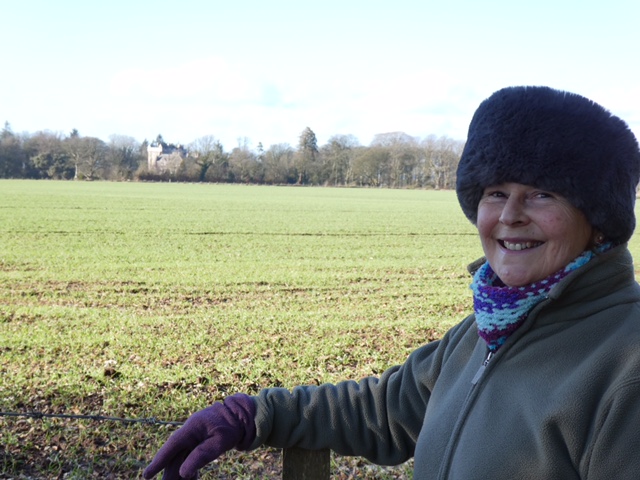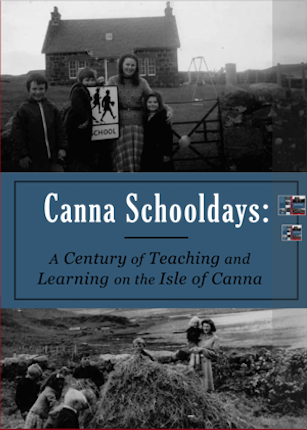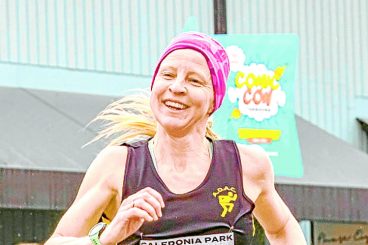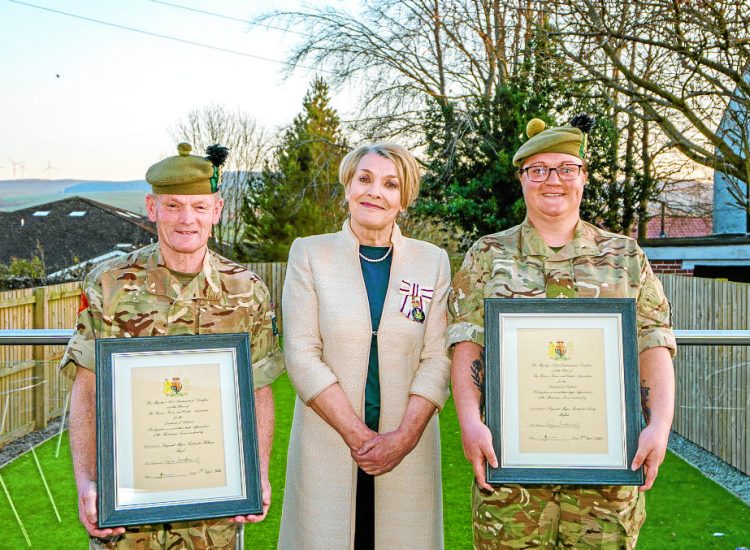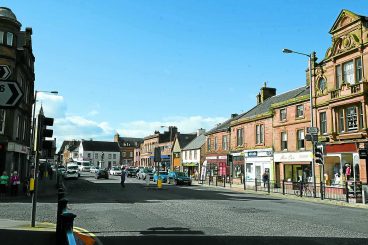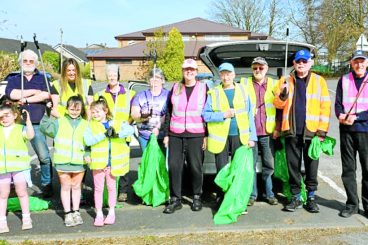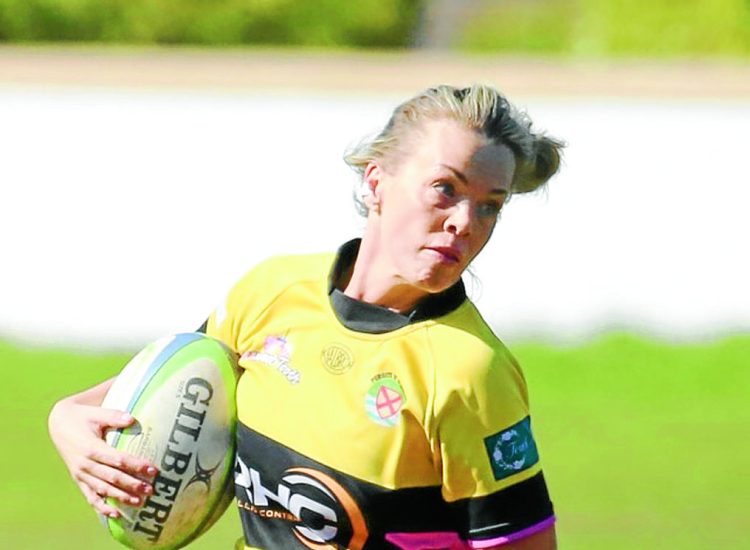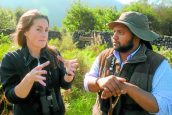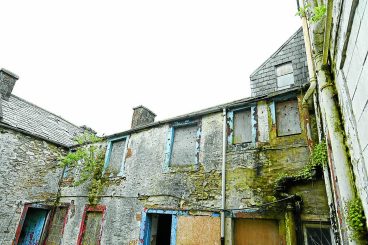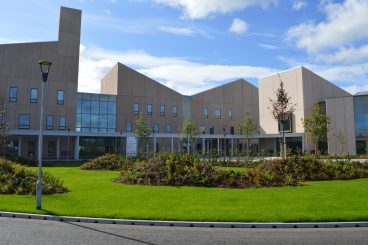A RETIRED primary teacher from Clarencefield has charted the history of a remote school in the Scottish Isles where she worked as the sole educator 30 years ago.
In 1986, Kate Riley arrived on the Isle of Canna aged 31, having just completed her teacher training.
“I was supply teaching in Ayr at the time,” she said, “and I was actually offered while I was at this school that I wasn’t very happy with in Prestwick the chance of going to Canna to cover maternity leave for my friend who was the headteacher of the school at the time. I leapt at it. I thought ‘I’d love to get away from here’.”
She was joining a population of fewer than 20 and had just one pupil when she started the post.
She added: “At the end of the maternity leave, which was about five-and-a-half months, my friend and her husband decided to leave the island so I stayed on as a supply teacher until the job was advertised and I got it.”
Embracing the quaint, secluded life she chose for herself, she ended up spending six years on the island and eventually saw the size of her class grow to five.
“It was much more difficult when I was there than it is now, they’ve had a lot more changes,” she said. “I had a generator for the school, I had a Rayburn and to begin with there was no central heating in the school house.
“The way of life was very different, it was harder but I loved it because the wildlife and the one-to-one teaching was fabulous. It had been my dream to go into a small school.
“I would run events at the school and organised Scottish county dancing at the school which proved to be quite popular.”
The 66 year-old’s memories from this time, and the experiences of others who have attended or worked at the school or lived on Canna over the years, are the focus of her new book, ‘Canna Schooldays’.
She said: “I’ve always had an interest in social history and I started to meet old people that were coming back to the island who had lived there as children and they were reminiscing. I thought it was fascinating and of course they came into the school and told us what the classroom was like when they’d been there as a child.”
‘Canna Schooldays: A century of teaching and leaning on the Isle of Canna’ is the end product of three decades of digging through archives, gathering stories and interviewing pupils and teachers who spent time on isle.
“After 30 years of research, I managed to complete my book which was published by Acair, based in Stornoway, and released during lockdown,” Kate said. “I was fortunate enough to secure a substantial and very generous grant from the Strathmartine Trust, who believed in my book, towards its publication for which Acair was very grateful whilst struggling during lockdown.
“Canna Schooldays, although primarily the history of the wee island school which opened in 1878, also reflects the way of life on Canna and the Small Isles in general during the decades that passed after it first opened, including the two world wars.
“The dependency on the sea and the land for food and a livelihood are reflected in the absences of the older children expected to help. The absence of all age groups due to being unable to get to school during extreme weather conditions or because of damage to the precarious plank footbridge linking Canna to Sanday, as well as pandemics of measles, scarlet fever and whooping cough, for which there were no inoculations or antibiotics in the early days, all illustrate a very different way of life during the late 1800s and 1900s.
“The book also reflects the islanders’ dependence on the other islands especially Eigg, for the minister, priest, the original School Board and finally a doctor.”
Kate has spent the last 19 years living in Clarencefield with her husband, Pete.
*Canna Schooldays is available from Waterstones, or direct from Acair.





